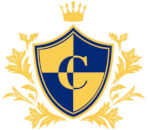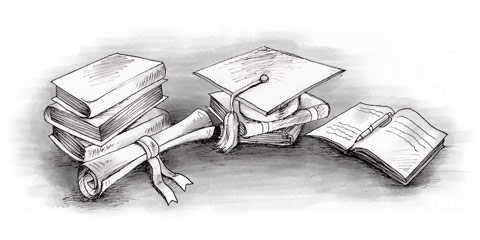Public education in Croatia is free from kindergarten until the end of secondary education, as it is subsidised by the Ministry of Education. Critiques point out that the Croatian government only spends 4% of its GDP on education, well below the European average. Therefore, teachers are underpaid and schools understaffed.
Kindergarten in Croatia
There are approximately 450 kindergartens in Croatia, although not all are public. Many are also linked to primary schools.
Kindergarten is not compulsory, but children can enter as early as one year old.
Primary school (Osnovna škola)
Primary education is compulsory in Croatia, and starts at the age of 6. There are nearly a thousand public primary schools, directed by the municipalities themselves. Primary schooling is divided into two levels:
- 1st through 4th grade, with one teacher per class focussing on subjects such as Croatian, mathematics, visual art (likovna kultura), nature and society (priroda i društvo), physical education, music, religion, and at least one foreign language (normally English),
- 5th grade onwards is taught by specialised teachers for each subject. New subjects are also introduced: history and geography, chemistry, physics, biology, informatics, and a second language (German, Italian or French).
The most common foreign languages are English, German and Italian, but Spanish, French and Russian are also taught in some schools.
Grading is done on a scale of 1 to 5, with 1 being “insufficient” (nedovoljan) and 5 “excellent” (odličan). 1 is the only failing grade. As the system offers little nuance, teachers also use + and – signs. Note that more children achieve “excellent” than “insufficient”, although this is partly due to parental pressure on the teachers.
As determined by the Croatian state, people who only complete primary school are categorised as “unqualified workers” (nekvalificirani radnik).
Secondary school
Secondary schooling is optional in Croatia, although there is a strong movement to make it compulsory. There are different types of secondary education:
- Gimnazija
- Vocational schools
- Art schools
Gimnazija offers four different tracks, based on your speciality:
- mathematics, informatics and science (prirodoslovno-matematička gimnazija),
- foreign languages (jezična gimnazija),
- classics (klasična gimnazija),
- general education (opća gimnazija).
After four years of secondary education, gimnazija awards either a Svjedodžba o maturi or International Baccalaureate (Diploma organizacije medjunarodne mature).
Vocational schools (Strukovna škola) can last between one and four years, and offer a practical education, at the end of which students are awarded a Svjedodžba o završnom ispitu and a vocational qualification.
Art schools (Umjetnička škola) last four years and students are taught music, dance, visual art and, design before receiving a Svjedodžba o završnom ispitu.
The grading system used in secondary schools is identical to the primary school system.
Students used to take an exam to enter university, but this was replaced in 2009 by a State Secondary School Leaving Examination for all students. Children who pass this exam are categorised as “medium expertise” (srednja stručna sprema or SSS).


